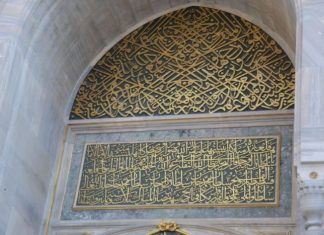The Four Pillars of State Administration
Under the governance of Sultan Mehmet the Conqueror, state organizations were reestablished and regulated through the implementation of Fatih’s lawbook. This lawbook outlined four main pillars of state administration: Viziers (Cabinet), Chief Military Judges (Army), Ministers of Financial Administration, and Marksmen (Nişancılar), who were responsible for inscribing the Sultan’s Imperial letters and acted as counselors.
Financial Administration and Treasury Control
The third pillar of state administration, overseeing financial affairs, held paramount importance. The finance ministers were tasked with maintaining meticulous records in ledgers, with their numbers doubling during Sultan Mehmet’s reign to ensure efficient oversight. These ministers controlled the Imperial Treasury, managing its resources and ensuring financial stability within the empire Sightseeing Tour Turkey.
Roles of Central Public Administrators and Eunuchs
In Sultan Mehmet’s era, Central Public administrators (Birun Aghas) held significant positions just below the top management, akin to high-ranking army generals such as Janissary and Cavalry Aghas. Conversely, Enderun Aghas, the eunuchs of the Sultan’s palace, served intimately by the Sultan’s side. The Head of the eunuchs (Hazinedarbaşı) was entrusted with managing the Imperial Treasury, despite also overseeing the Sultan’s personal effects like his quilted turban and prayer rug. As the empire expanded, the number of eunuchs and their assistants grew to accommodate the empire’s needs Evolution of the Ottoman Treasury.
Distinct Courtyards within Topkapi Palace
Topkapi Palace was divided into distinct courtyards: the “Birun” or exterior courtyard housed the Imperial Chancery of State (Divan-i Hümayun) and the kitchens, while the “Enderun” served as the interior courtyard where the Imperial Treasury was situated. The confidentiality of affairs within the “Enderun” was paramount, ensuring the security and integrity of the empire’s financial operations.
The administrative structure of the Ottoman Empire, as outlined by Sultan Mehmet the Conqueror, was meticulously organized to ensure effective governance and oversight. With distinct pillars of administration and careful management of financial affairs, the empire was able to maintain stability and prosperity during Sultan Mehmet’s reign and beyond.








